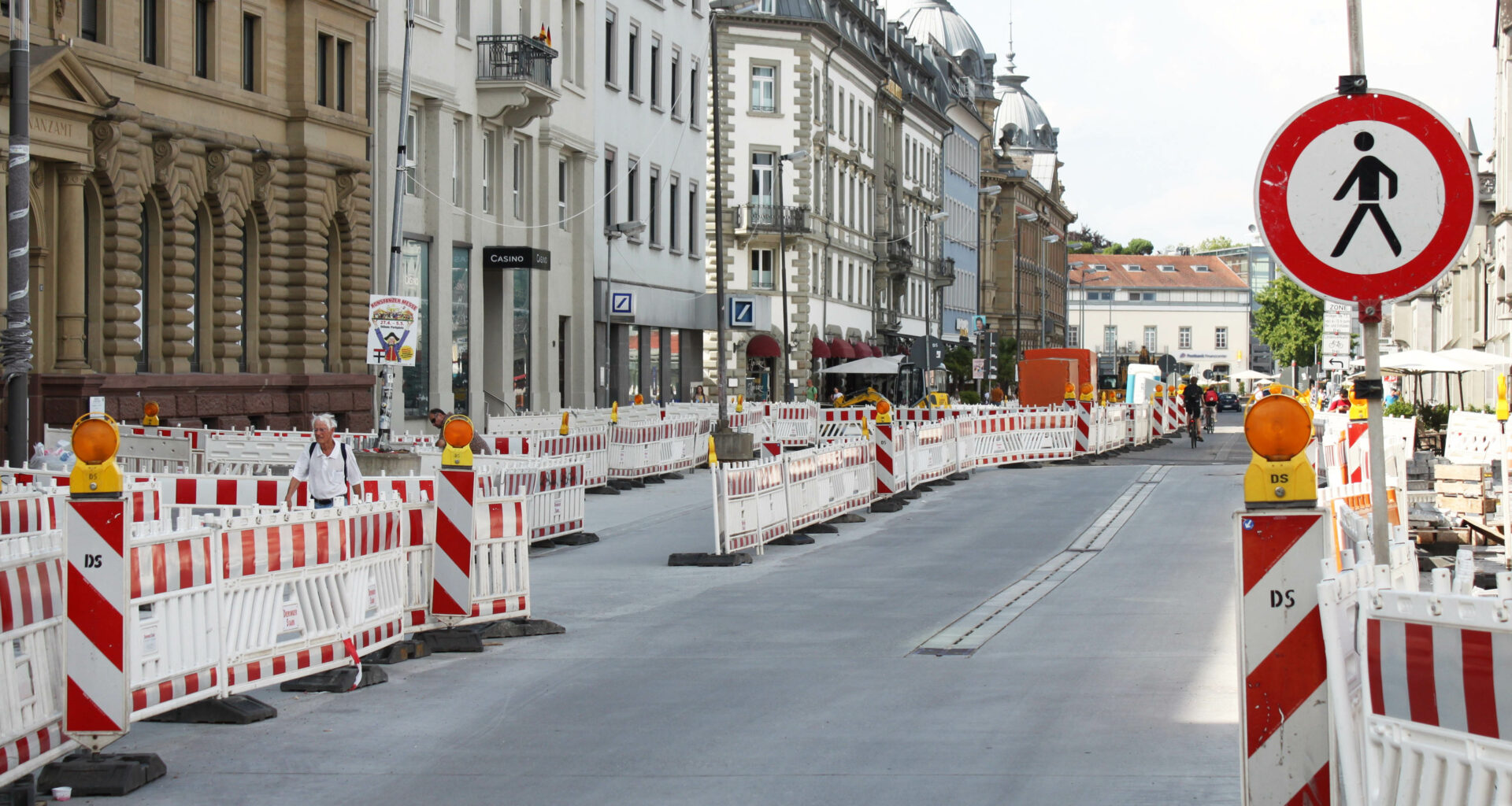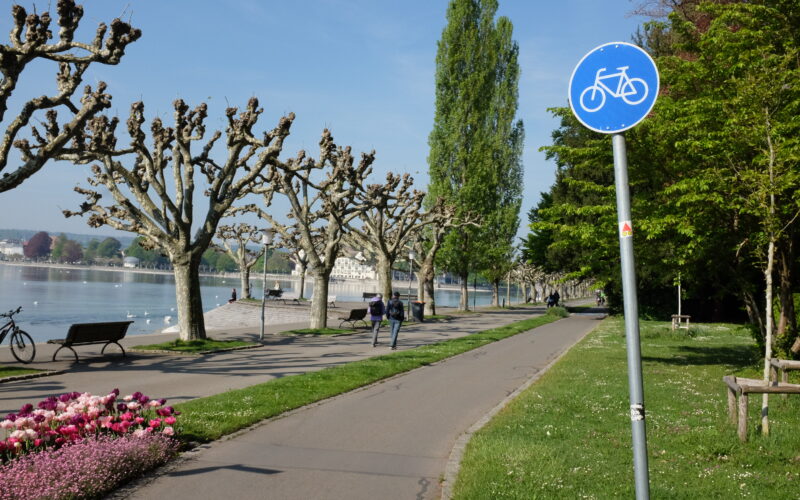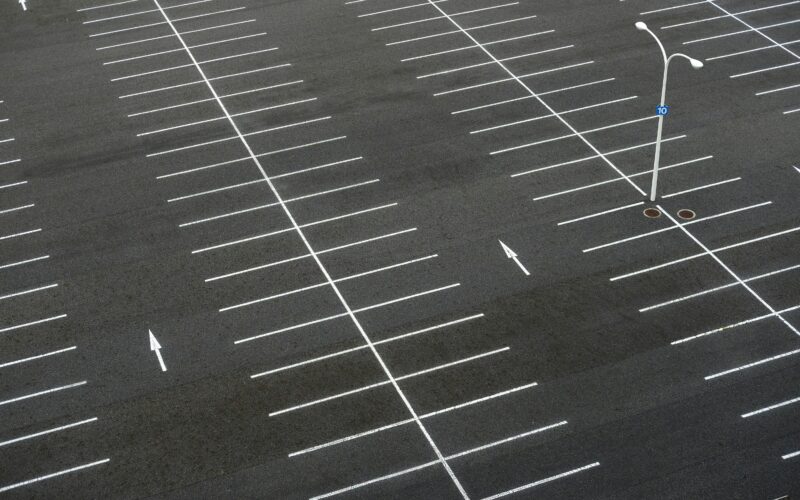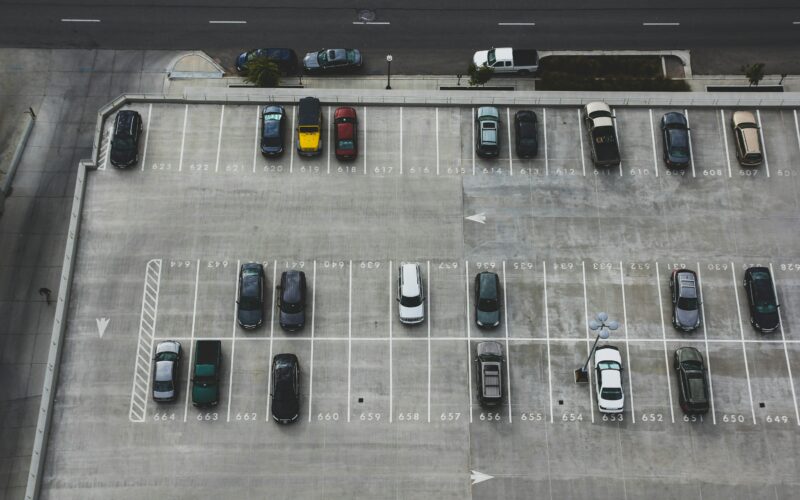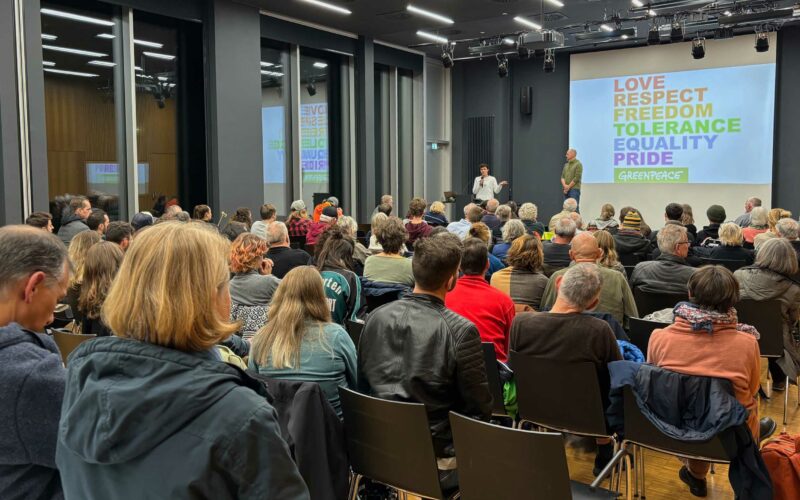- Affordable housing in Konstanz is scarce and hard to find.
- Architect Fabian Ziltz criticizes the monotonous construction style in Germany and praises Switzerland for its experimental approaches.
- The concept of cooperative housing could alleviate the housing issue in Konstanz.
- Vienna is cited as a role model for social housing, with its traditional, mixed, and high-quality approach.
- Konstanz plans various construction projects, including the Grenzbach area, Stephansplatz, and the Döbele area, to create more housing.
- Citizen participation is a crucial part of urban development to meet the residents‘ needs.
Many of us know the situation: those who search for an apartment in Constance often search for a long time1. And you have to be quick. Very quick. The 42-year-old architect Fabian Ziltz moved with his wife from Berlin to Constance and searched for nine months. He says:
„We ultimately managed to find something suitable only through connections – through recommendations from friends and acquaintances.“
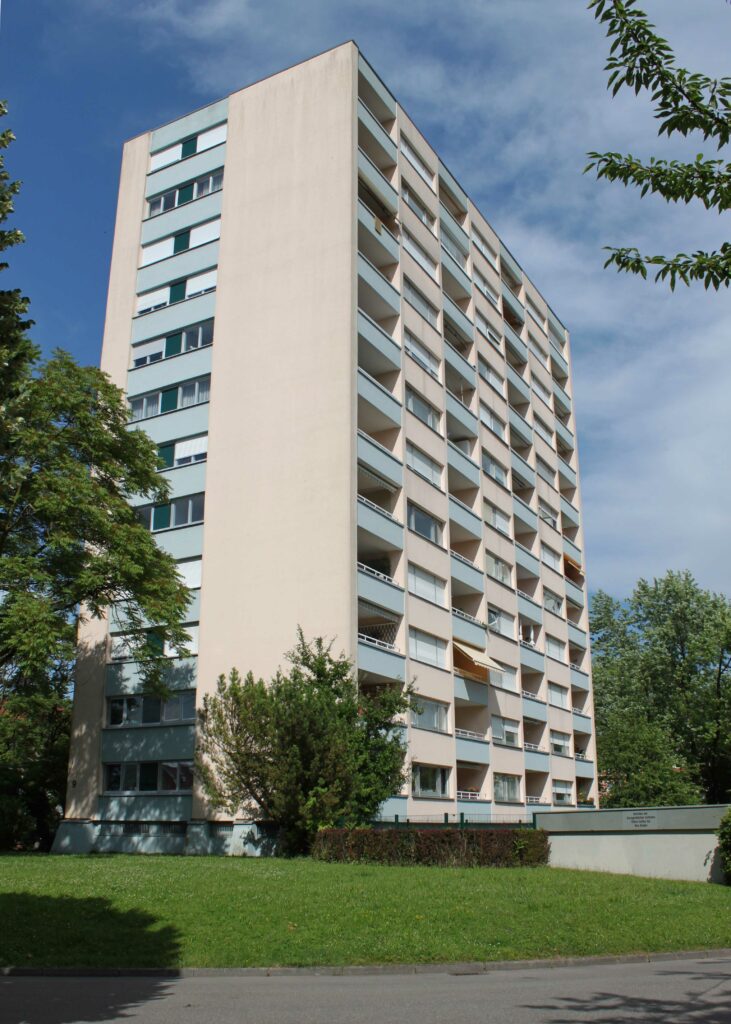
It’s worst when you’re looking for a 4- or 5-room apartment for a family with two or three children. Demand is greater than the market can supply. Ziltz lived in Berlin for ten years; his focus as an architect is on the construction of apartments. In his opinion, construction in Germany is dull and monotonous compared to Switzerland, the Netherlands, and Scandinavia. In the end, this also comes at the expense of future generations. There’s a lack of courage to implement good standards in a contemporary, ecological way.
„Switzerland, especially Zurich and Basel, are much more willing to experiment – they dare to try something new,“
says Ziltz.
The central question is: In which direction does a city develop sustainably, and how do intergenerational spaces emerge? In Switzerland, there are already good approaches, as much more is organized cooperatively, and the potential is better utilized: What happens when the children move out and less living space is needed?
In Constance, it’s hard for many to give up their apartments because they often can’t find anything cheaper in central locations. At the same time, there’s a high demand for affordable housing, especially for families. In short: a dilemma.
Regarding social housing, the architect names Vienna as a shining example. The reasons are diverse. We have collected the most important ones:
1. Long Tradition: Vienna has a long tradition of social housing, dating back to the interwar period. As early as the 1920s, the city began building municipal housing to improve living conditions for the population.
2. High Proportion of Social Housing: About 60% of Vienna’s population lives in subsidized housing. This includes both municipal buildings (managed by the city of Vienna) and subsidized cooperative apartments.
3. Architectural Quality: Social housing in Vienna places great value on high architectural and urban planning quality. Many municipal buildings are architecturally appealing and contribute to the quality of life.
4. Social Mixing: Vienna follows the principle of social mixing. Subsidized apartments are spread throughout the city, preventing the formation of ghettos and allowing different population groups to live together.
5. Affordability and Tenant Protection: Rents in social housing are significantly cheaper compared to the free market. Additionally, there is strong tenant protection that protects residents from extreme rent increases and arbitrary evictions.
6. Continuous Investments: The city of Vienna continuously invests in the construction and renovation of social housing. This ensures that the housing stock remains both high quality and meets the needs of the population.
7. Diverse Housing Forms: Vienna offers a variety of housing forms in social housing, including special offers for older people, young families, single parents, and people with special needs.
8. Environmental and Energy Efficiency: Many social housing buildings in Vienna are designed to be energy-efficient and environmentally friendly. This not only contributes to sustainability but also lowers operating costs for residents.
We in Constance, with just over 80,000 residents, can certainly learn something from the Austrian capital Vienna. With the increasing population and growing demand for housing, city planners face the challenge of creating affordable and modern living space. Housing development is therefore a central issue, which a number of current construction projects address.
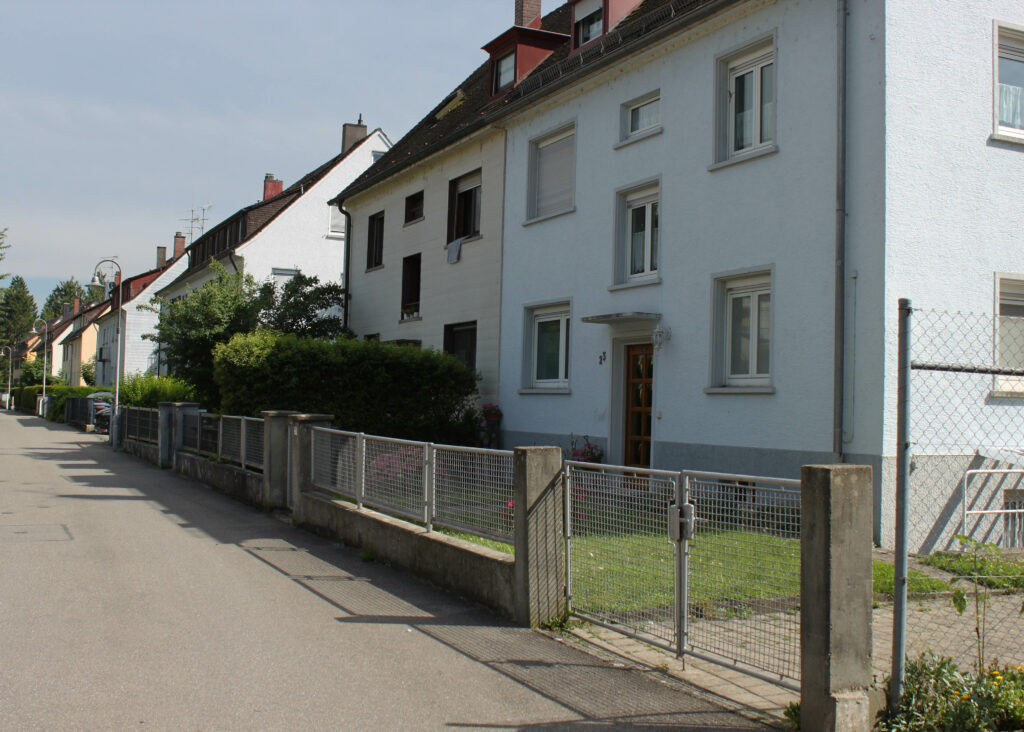
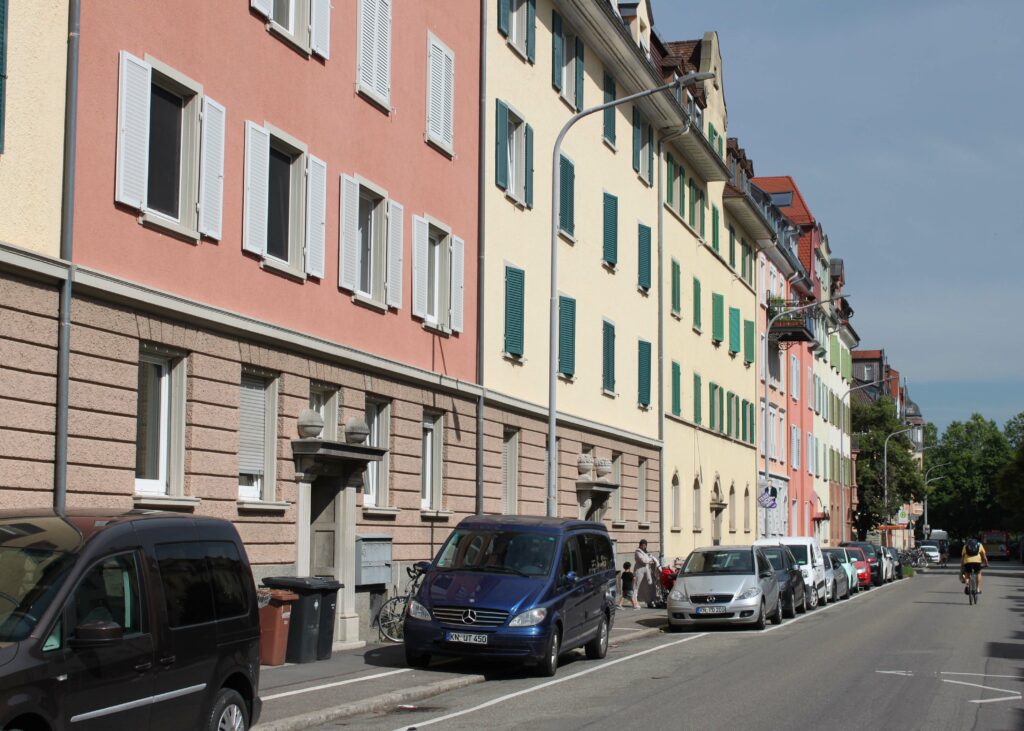
Overview of Current Construction Projects in Constance
1. Grenzbachareal
The Grenzbachareal, the former technology center, is being redeveloped. The goal is to create a creative and diverse place to live, work, and enjoy life. From April to July 2021, there was a planning process involving three planning offices, local experts, neighbors, and interested citizens.
The result: a concept that incorporates various aspects and has been used since 2022 for interim use by different facilities: including a municipal daycare center, Café Mondial, the Constance art school, and office and storage spaces. Over the next few years, the area is set to gradually fill with residential, work, commercial, and cultural spaces. 400 housing units are planned, including social housing.
2. Redesign of Stephansplatz
The city of Constance plans extensive redevelopment measures for Stephansplatz. The goal is to make the square more attractive and functional while considering historical and urban aspects. Planned are new seating areas, green spaces, and improved transport connections to make the square a lively meeting place.
At the end of April, the current planning status and the next steps were presented to the Technical Committee and the Environment Committee. Implementation will begin in 2025, as can be read here. The process has been underway since 2021. With the Europabrücke long-distance bus station completed, it will be possible to relocate 60 parking spaces from Stephansplatz to Döbele, among other things.
3. Bahnhofsplatz
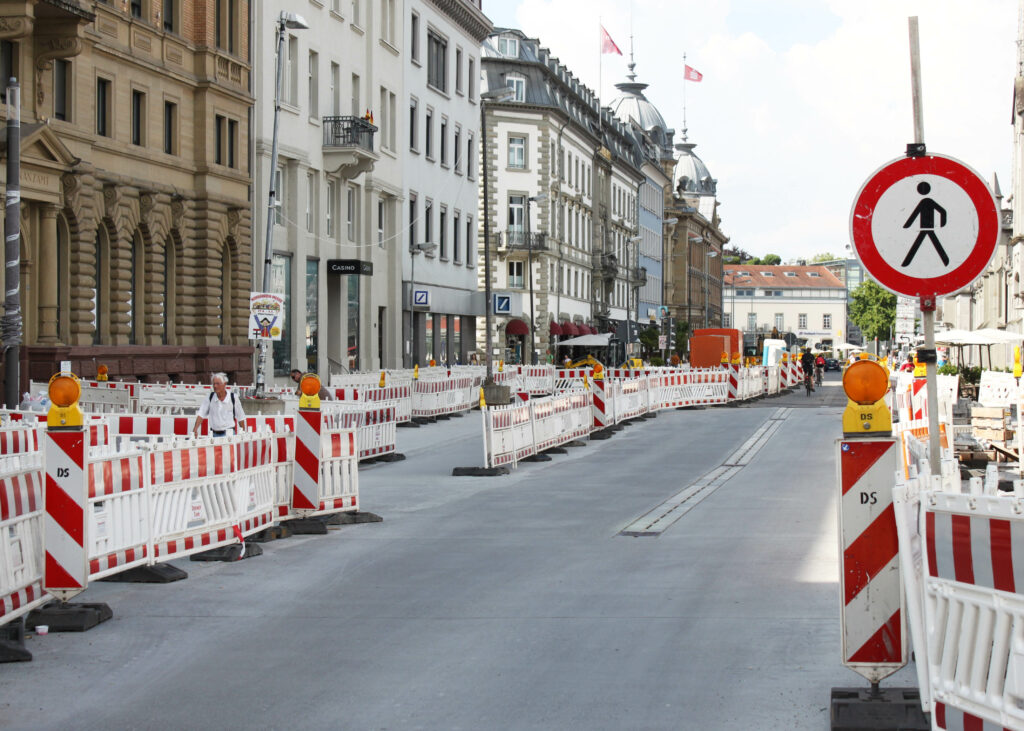
Bahnhofplatz in Constance is being comprehensively redeveloped to improve the quality of stay and optimize traffic management. Planned are a new central bus station, better bicycle parking, and new green spaces. The project aims to make public spaces more attractive. Central to this is optimizing traffic and promoting pedestrian and cyclist mobility. A so-called mobility hub plays a special role, considering bicycle parking facilities, bike rental stations, and car-sharing spaces.
The renovation takes place in seven construction phases, starting with the roundabout in front of the Lago Center (left in the plan). The entire renovation process spans at least two and a half years. A central element is almost complete barrier-free access at the main entrance of the station building. Elderly and health-impaired people, in particular, will benefit from the leveling of the square. The entire area covers 7,500 square meters.
4. Döbele-Areal
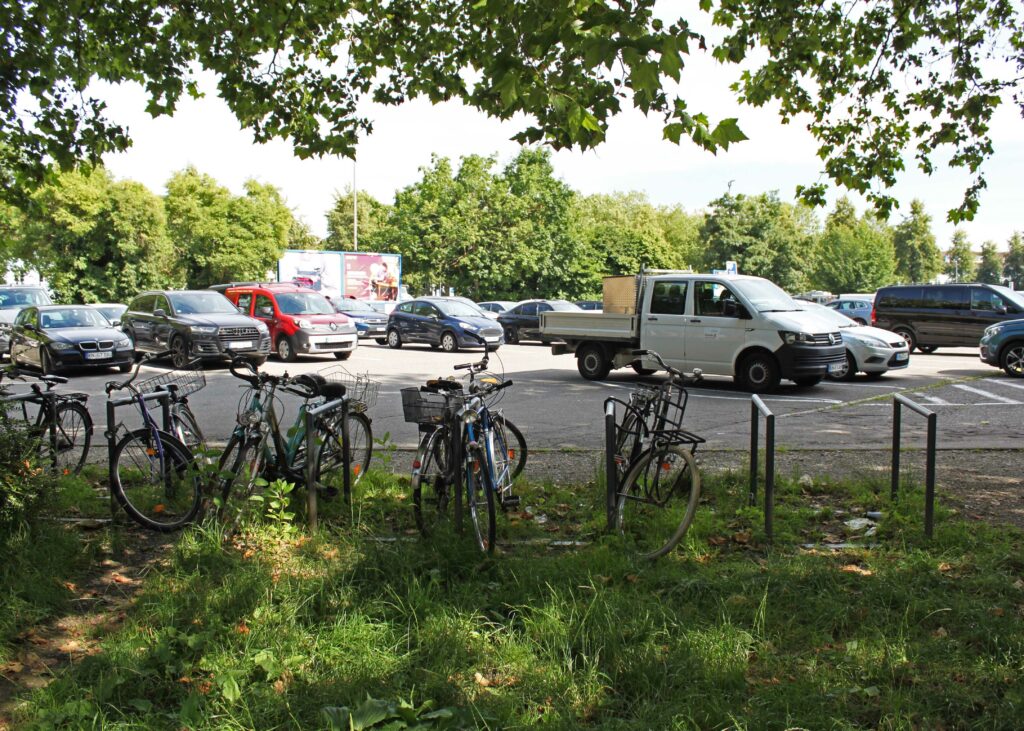
A new residential quarter is being built on the current Döbele parking lot. The project includes not only housing but also areas for recreation and leisure. The goal is to create a livable neighborhood that meets current and future demands. The redesign of Döbele has been ongoing since 2013.
We reported in the karla magazine in 2023 on the current status of the project. Construction is finally set to begin in 2026. Planned are residential complexes with green spaces and a mobility house. However, there are concerns about its size. A total of 250 housing units are planned, with half intended for subsidized housing.
Improvement of Infrastructure
In addition to major construction projects, the city of Constance continuously invests in improving urban infrastructure. This includes expanding transport routes, modernizing public facilities, and promoting sustainable mobility. A special focus is on environmentally friendly transport options such as bike paths and car-sharing systems to reduce car traffic and increase the quality of life.
A crucial component of urban development in Constance is citizen participation. This was evident at Grenzbachareal and Döbele. This approach is fundamentally commendable because urban development should be centrally oriented to the needs and wishes of residents. Only this way can we determine: What do people in Constance need? How do they want to live in the future?
As an interesting example of concept procedures in land allocation, architect Fabian Ziltz recommends the model quarter „Am Horn.“ 60% of the planned apartments are intended for building communities. In the applications, those concepts have the best chances that closely adhere to the sustainable qualities of the planning manual. Until the end of August, we will focus on more facets of the housing theme and will also take a closer look at the „Housing Action Program“ of the city of Constance.
At karla magazine, we are a small editorial team with three part-time employees. That means we have limited resources. The editorial team of ZEIT ONLINE is much larger, with 150 journalists. Their data journalism projects under the leadership of Julius Tröger often attract attention and have won numerous awards.
A project was recently published that fits very well with our housing focus. The analysis is only accessible to paying customers, but it may still be interesting to some. It compares rents across Germany and how these rents have risen in recent years. Highly recommended reading!
- Transparency note: This article was translated into English with the help of ChatGPT.
↩︎
Du willst mehr karla?
Werde jetzt Mitglied auf Steady und gestalte mit uns neuen Lokaljournalismus für Konstanz.
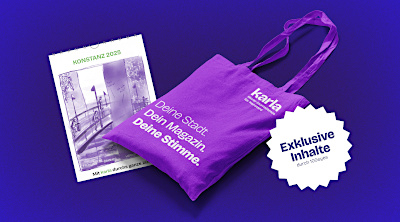
Oder unterstütze uns mit einer Spende über Paypal.![]()
